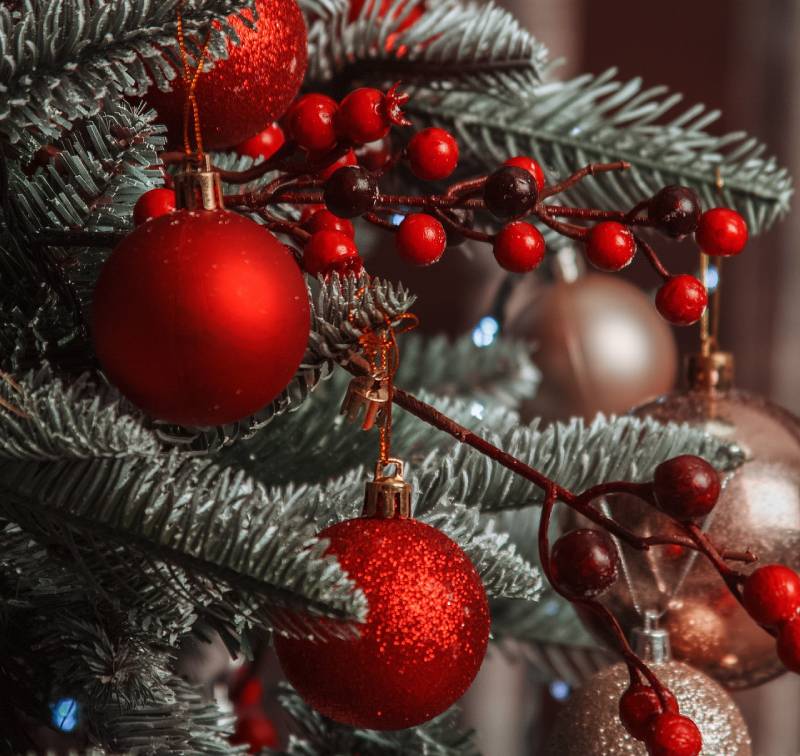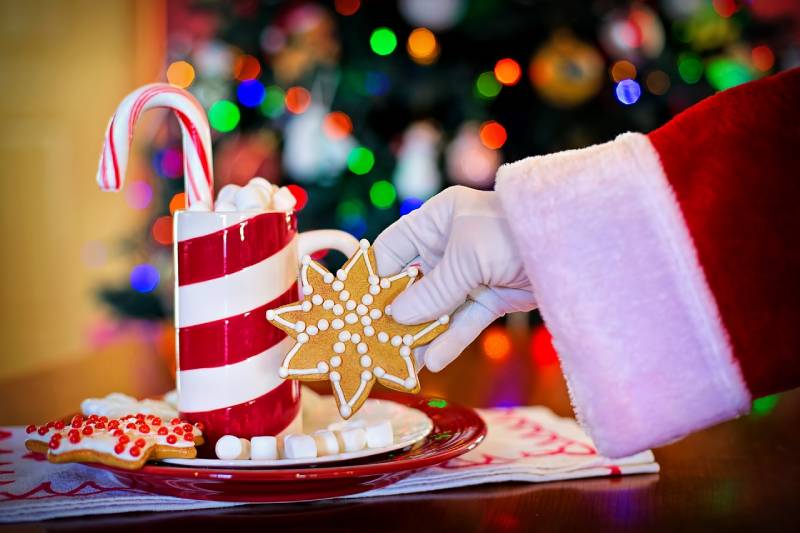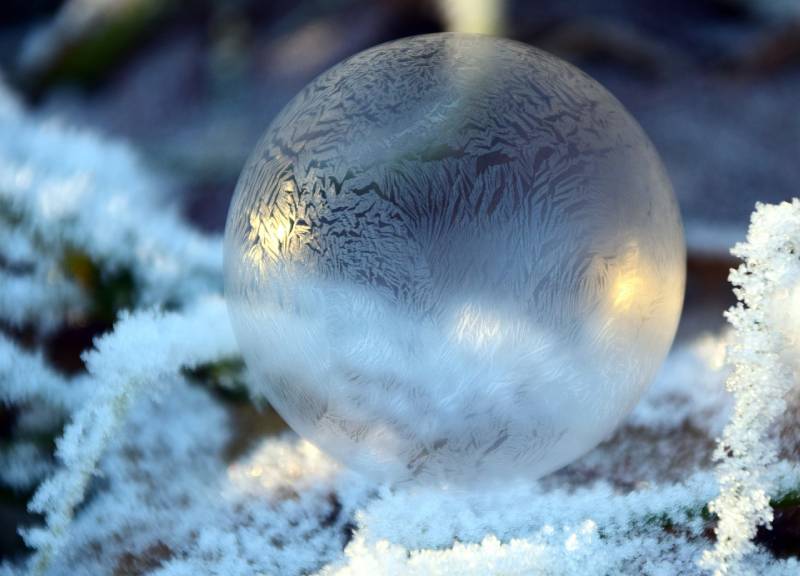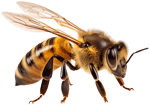
1 Dec 2024
Some Ideas to Green Up Christmas
Christmas can be a very wasteful, eco-unfriendly time of year, with it's association with excessive consumption. The levels of waste, when totted up for all of us, are really scary. Over the Christmas period, it is estimated that we will:
- Bin the equivalent of 108 million rolls of wrapping paper
- Discard 54 million platefuls of food
- Use 189 million batteries over Christmas
- Get through more than 40 million rolls of sticky tape
- Bin almost 100 million black bags full of packaging from toys and gifts
- Seven in 10 households will buy far more food than they need
- And 66% of households will bin at least some of their turkey
But you don't have to be Scrooge and say "Bah! Humbug!" to Christmas in order to make it more eco-friendly. There are heaps of ways of reducing the waste amd minimising the environmental impact of your festivities. The following gives a few ideas about things to do. And if they feel a bit of a stretch, pick a couple and do those - any small step to waste reduction is worth taking.
 Image by Anastasia Lavrinovich from Pixabay
Image by Anastasia Lavrinovich from Pixabay
Christmas Trees - real or fake?
A lot of carbon goes into making a plastic tree, and it's estimated that you would need to use it for at least ten years for it to have a lower carbon
impact than a ‘real’ tree. So if you hang onto it and make it a family favourite, it's a good option.
If you prefer a real tree, how about a living one in a pot that you can keep on the patio and use several times? If you haven't much space, there are
services where you can rent a tree and return it after Christmas.
If you do have a felled tree, it's important to have it chipped and the chipping used on the land.
Presents
Can you give sustainable presents? In a group of friends or family, a Secret Santa arrangement might allow the giving of fewer, meaningful presents
rather than more gifts that are smaller and not so relevant.
It's also great to embrace the idea of secondhand, homemade gifts or those bought from local independent businesses.
It's also worth thinking about wrapping. Foil paper and ribbon are very hard to recycle, and won't break down in landfill. Try to choose recycled, recyclable paper
or make your own by stamping or painting brown paper. Another option is to use gift bags, and collect them up after opening for use next year.
 Image by Jill Wellington from Pixabay
Image by Jill Wellington from Pixabay
 Image by Leopictures from Pixabay
Image by Leopictures from Pixabay
Food
An essential element of the Christmas celebration for many is the food. A bit of thought and planning can reduce the environmental impact of your great feast.
If you feel like being daring, go for the veggie version. There are a whole load of inventive vegetarian recipes which ahve a much smaller carbon footprint
than meat.
If you do want to stay traditional, make sure you reduce the waste to a minimum by freezing leftovers to make something cheery out of in Janaury. And if you
can afford it, go organic. Organic meat had a smaller carbon footprint than the conventionally produced alternative.
It's a good idea to plan in advance what meals will be held when and for who - I know in some households this is as precise as a military exercise!
Vegetables typically used for Christmas dinner – carrots, parsnips, onions, celery and sprouts – are all in season and can be bought from local suppliers
to reduce food miles.
Buying loose vegetables ensures that you cut down on plastic and that you only buy what you need. More waste can often be caused by buying vegetables
that are already packed in plastic, and contain more than you want, meaning that you have to find other ways to use them.
For more ideas, these websites have some useful tips:
- Top tips for a sustainable Christmas | WWF
- How to have a greener Christmas
- 12 tips for a sustainable Christmas
- The Carbon Trust's tips for a more sustainable Christmas
- Top tips for a more sustainable Christmas
- Eco-Friendly Christmas | Sustainable & Ethical
- How to Have a 'Green' Christmas
- 14 Tips On How To Have A Sustainable Christmas | BBC Earth
Or Google "sustainable Christmas" or "eco Christmas" for a range of other websites
Merry Christmas


